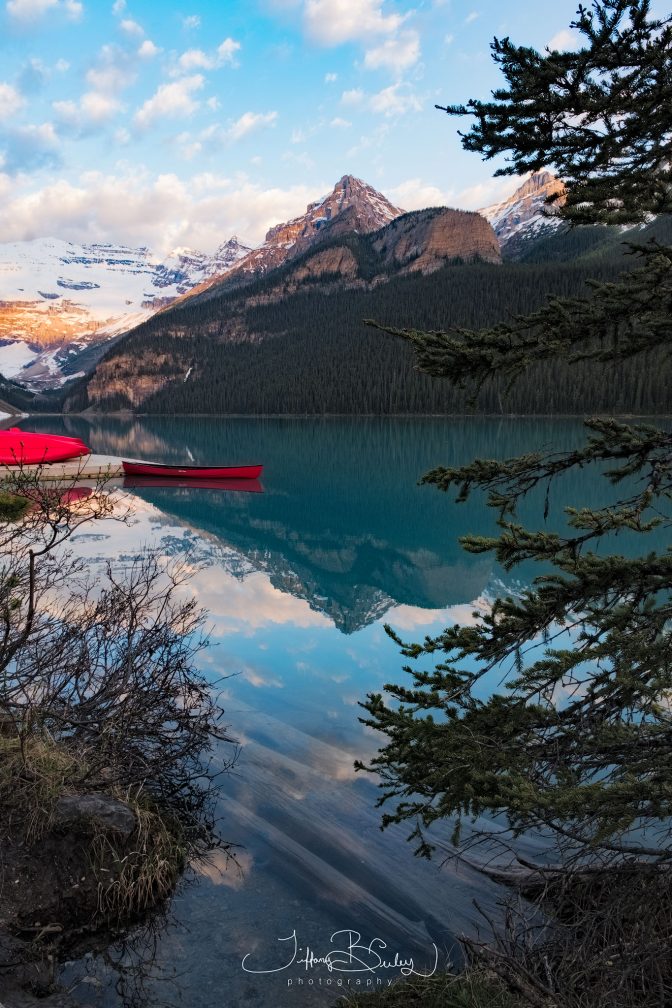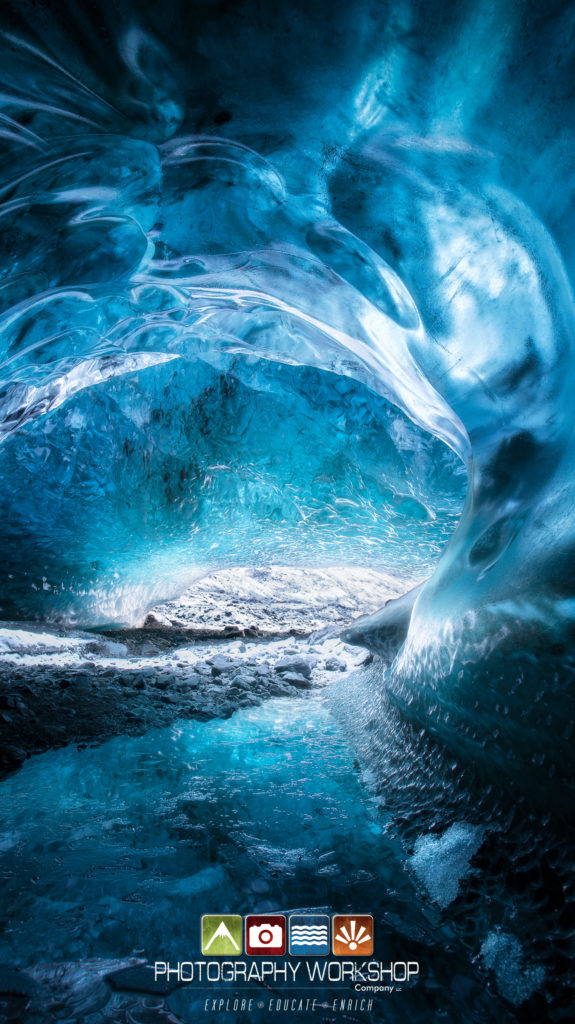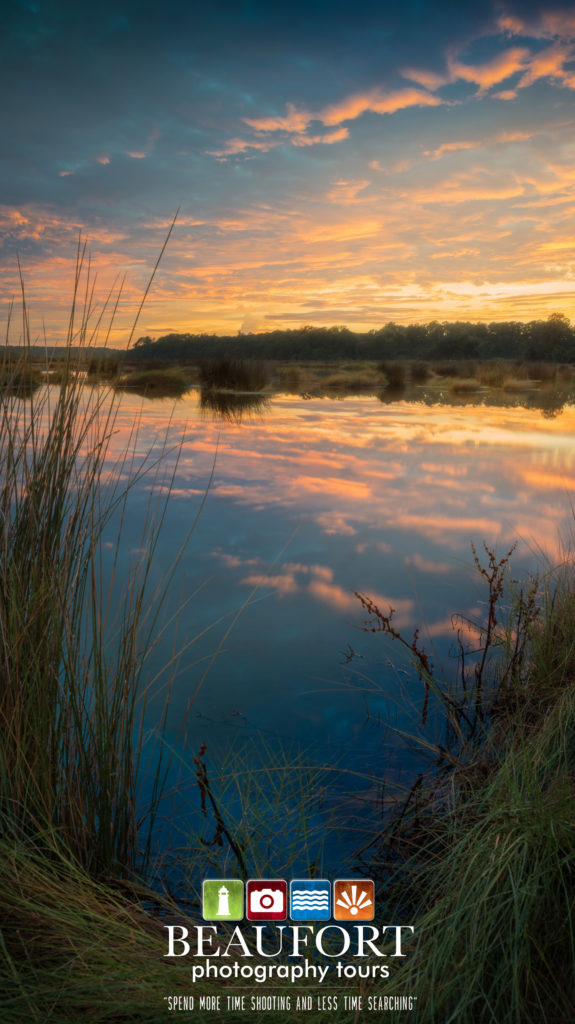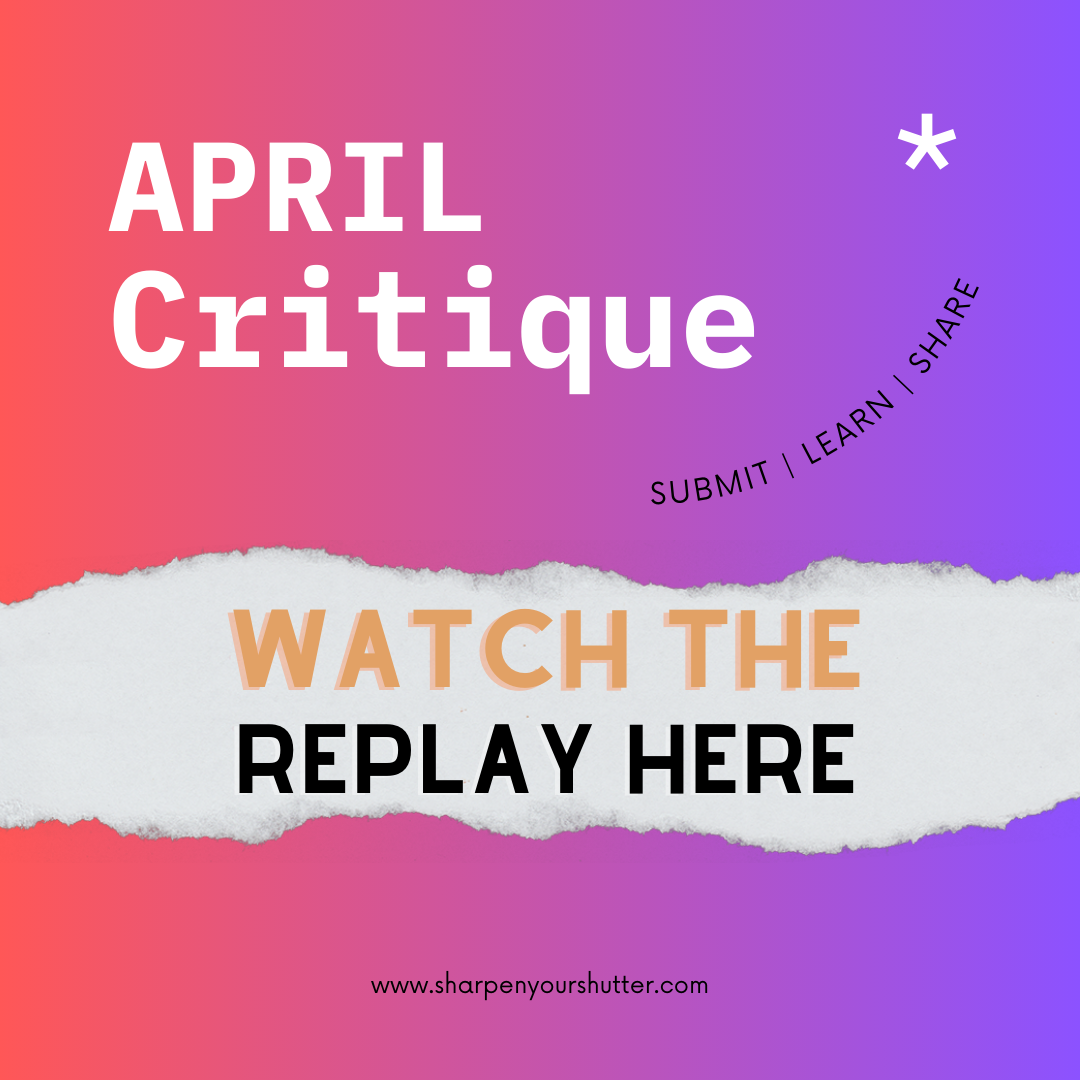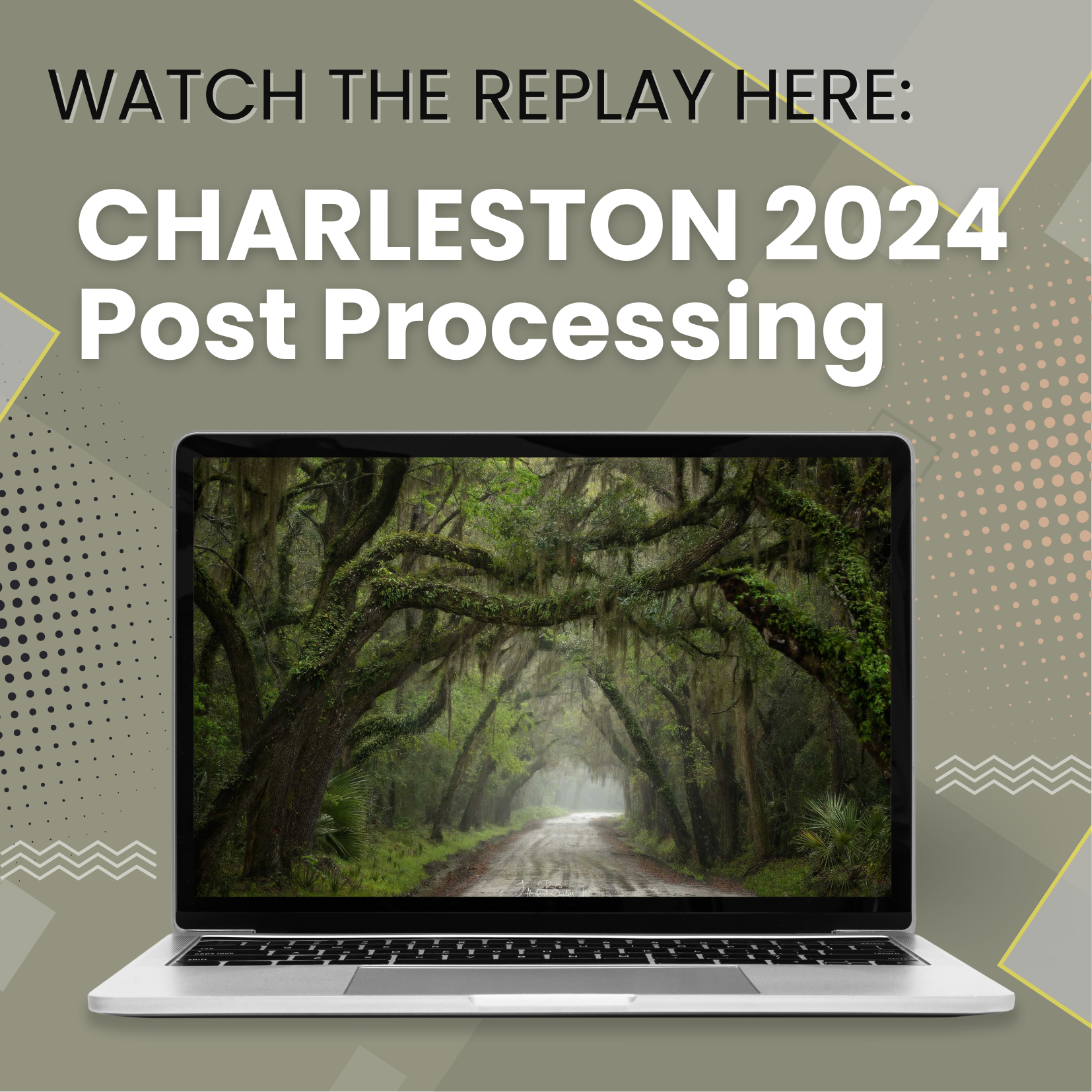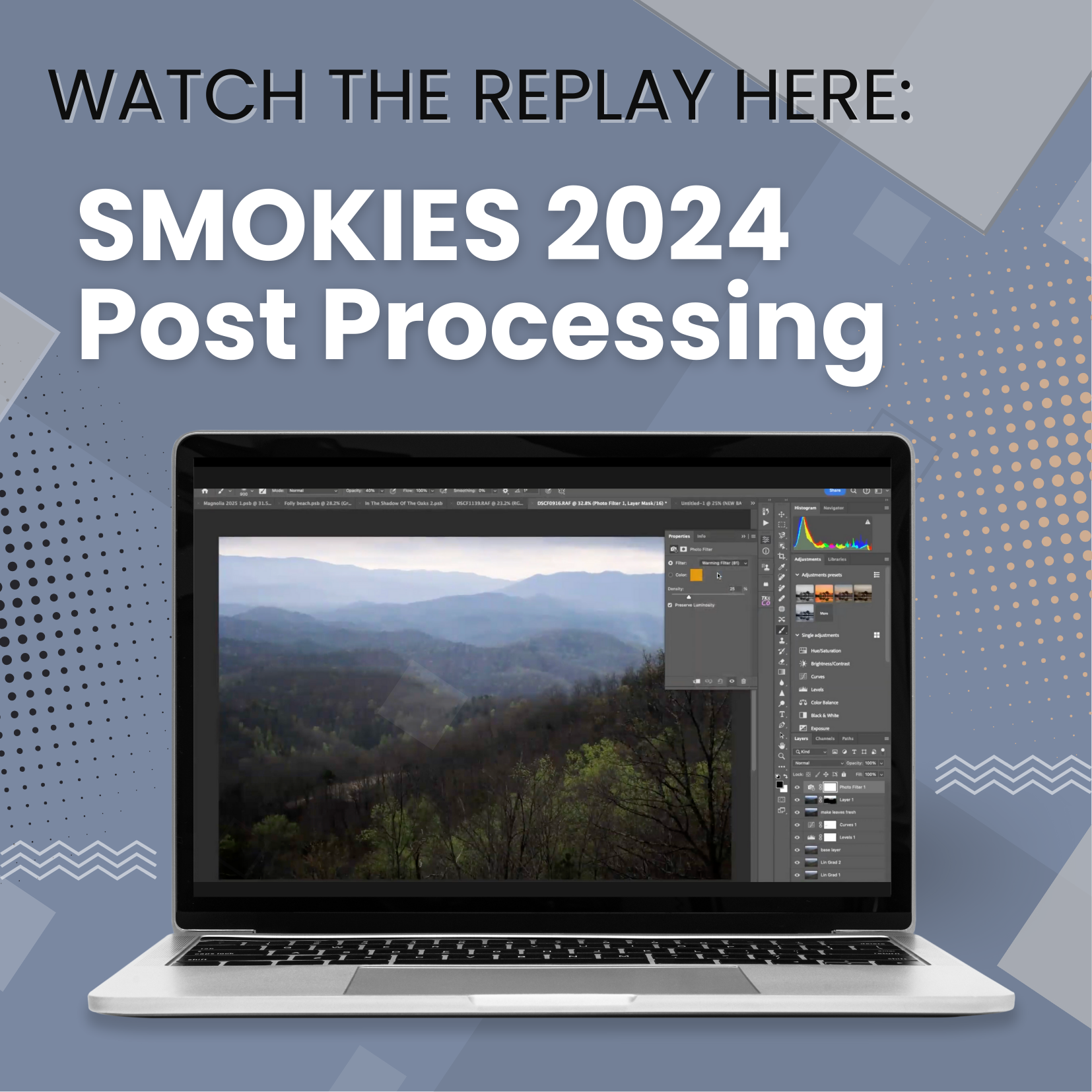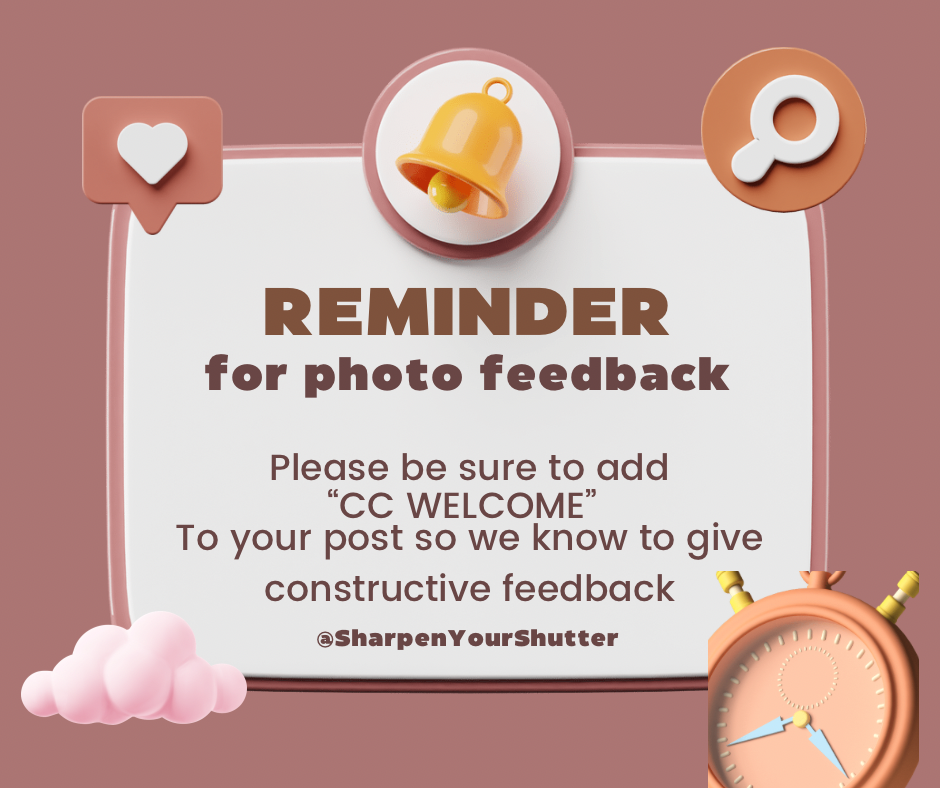We are knee deep into May and June will arrive faster than we can count the days on the calendar. With that, Keith and I will start shifting our focus to our annual pilgrimage to the Canadian Rockies to lead this year’s workshop.
This image was captured at Lake Louise. Lake Louise is a special spot for me. My grandmother had one life-long dream and that was to experience and see the turquoise waters of Lake Louise with her own eyes. In fact, she kept a postcard on her refrigerator of the beautiful lake for as long as I can remember. She never made it there.  Whenever I step to the shore, I think of her. It’s a special place that’s iconic to many people.
Sentiments aside, and photographically speaking, Lake Louise is a hard place to photograph. The majority of times I’ve been there, the clouds lingering over the glaciers stick close to the ridge, and don’t allow the color and light to creep in. Also, there is a boardwalk that stretches in front of the Chateau Lake Louise that most tourists capture images from.  While you can make the trek to Lake Agnes and the teahouse, few photographers venture there. It’s a bit of a lung burner.
On this particular trip (last year), we had an exceptional sunrise for which I was abundantly thankful for.  However, I very much wanted a different composition from what you usually see coming from there. I decided that I might be able to unleash some creativity if I released the glacier from needing to be in my point of view, and I embraced what everything else around me was saying.  That’s how this image was created.
Photography teaches me many life lessons. Sometimes we have to let go of something we are expecting, or familiar to us to receive something fresh, new, and unexpected.  This is true as well of your creativity.
I’d love to hear from you.  Do you have an image you can share or a story that reflects this lesson in your own life?

